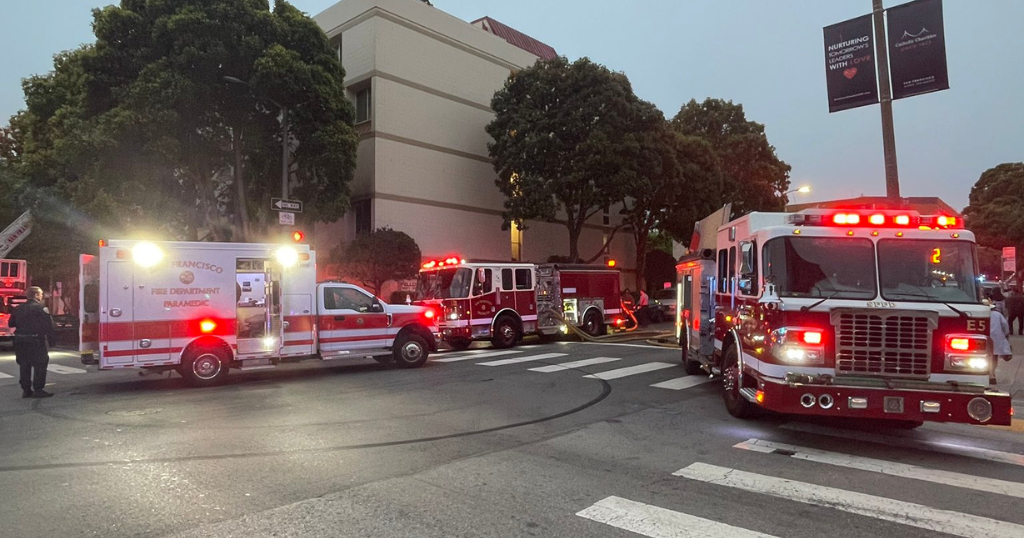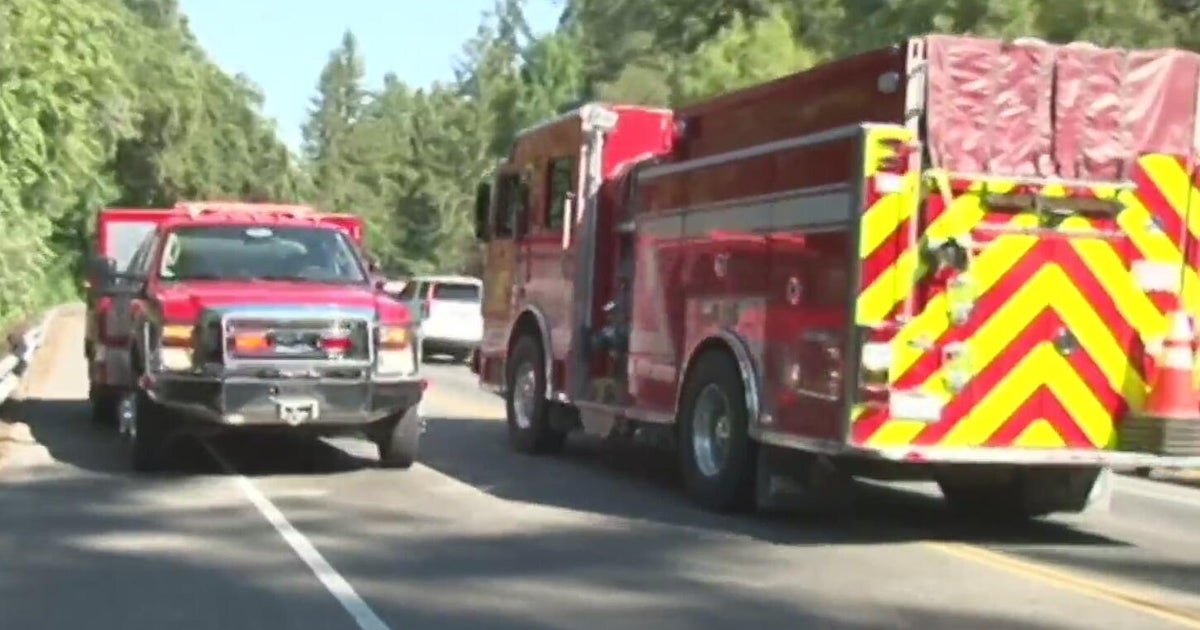Despite Crackdown, BART Fare Evasion Remains Rampant
SAN FRANCISCO (KPIX) -- Despite a year-long crackdown on BART fare evaders, recent video shot by KPIX cameras shows many cheaters are still riding for free.
Fare evaders are costing the transit system an estimated $25 million dollars a year. Part of the problem is that cheating is still way too easy.
Some might argue that showing the different fare-evading techniques people use is just teaching other people how to avoid paying their way, but most of these methods are already widely known.
At five different stations on four different days, KPIX caught hundreds of people on camera riding BART for free.
The easiest way in and out at most stations is the emergency exit. Cameras showed people cruising through like it was nothing in both directions, with some fare evaders even holding the exit gate open as a courtesy to others.
The occasional scolding from a station employee didn't seem to be much of a deterrent.
Elevators are another weak spot in security, since they are outside the paid area. Riders are supposed to swipe their card at the gate before heading to the elevator. It's actually easier to cheat than pay.
Then there are the freeloaders who push through gates without a ticket. Disabled fare gates are the easiest to pass through and often get stuck open. One clip taken by KPIX cameras showed 15 riders pass through one gate. It appeared only five of them paid.
"Piggy backing" through the gate -- in other words, quickly following someone who has already paid as the gates close -- requires a little more finesse.
And then, of course, there are the gate jumpers.
BART is adding security measures to make it more difficult to jump the gates into the system.
For example at the Embarcardero station, the red gates have added air pressure making it much more difficult to force through them. An alarm also goes off when fare evaders force their way through. But at the wheelchair accessible entrance, the yellow gates are still easy to push. And when you lift it up, the gate stays open, making it easy to sneak through.
"It's almost this sense of entitlement they have developed," said Deputy Chief Lance Haight, the man in charge of fare evasion enforcement for BART. "People are really bold at fare evading. I can be standing there in full uniform and they won't even try to hide."
Haight told KPIX that emergency gates are also getting equipped with raised railings and wired with alarms but the elevators remain a challenge.
"The ultimate solution is to put them inside the paid area," Haight said. And asked why BART is tackling the elevator problem only now, even though the agency has known about it for years, he replied, "It's a design issue. They need to come up with the right design. It's a money issue; a resource issue."
His resources now are focused on deterrence. Fare inspection teams ride the trains Checking Clipper cards and tickets one by one. When KPIX followed along recently, riders had plenty of excuses, like "I lost mine on the train." Or when an officer asked for ID, "I don't have it."
Fare evasion is civil citation that costs $75, but it can also be paid off with community service. Riders just don't seem to take the tickets very seriously.
In fact, BART officials say only about 9 percent of the 6,799 citations issued last year have been paid. That adds up to just over $43,500 for a program that has a current cost of $1.3 million.
Haight insisted that revenue was not aim the aim of the fare-evasion crackdown.
"Our primary goal has never been to generate money. It's really to disrupt and change behavior," said Haight.
By the looks of it, changing behavior is no easy task.
It should be noted that station agents are not allowed to stop fare evaders and only on-duty BART police officers can issue criminal citations.



